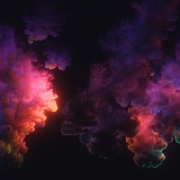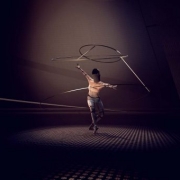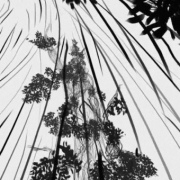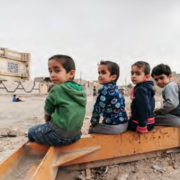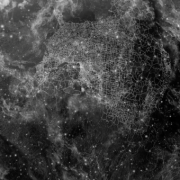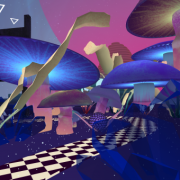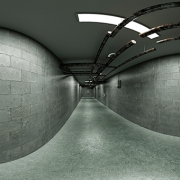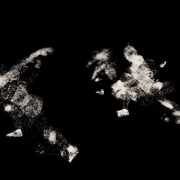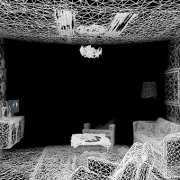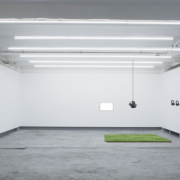Das totale Tanz Theater
A Virtual Reality Dance Installation for Man and Machine
Who are humans in the age of technology? What role do they play and how do they interact with the machines that surround them? These types of questions were already negotiated at the Bauhaus 100 years ago. Das Totale Tanz Theater frames these questions today in the context of the development of artificial intelligence by staging a virtual reality dance experience.
Using VR headsets, visitors can immerse themselves in a vast virtual stage where they are invited to activate a “Tanzmaschine” (dance machine) and experience a dance choreography over three levels. The lingering question accompanying them on their journey is the extent to which they are truly able to interact with the space and the machine. The entanglement of human choreography, personal intervention and machine algorithms results in new forms of movement and dance in space. The interplay of dance, scenography, costume design and sound design with state-of-the-art digital technology creates a fascinating artistic world of total theater. Inspired by Oskar Schlemmer’s stage experiments and Walter Gropius’ ideas on total theater, DAS TOTALE TANZ THEATER allows visitors to immerse themselves in this world.
___________________________________________________________
Idea & Story: Diana Schniedermeier und Maya Puig
Lead VR Creators: Maya Puig, Patrik de Jong, Dirk Hoffmann
Lead Technologists: Torsten Sperling, Sebastian Hein
Executive Producer: Diana Schniedermeier
Choreography: Richard Siegal
Composer: Lorenzo Bianchi-Hoesch
Dancers: Margarida Neto, Claudia Ortiz Arraiza, Corey Scott-Gilbert, DiegoTortelli
Voice: Blixa Bargeld
Creative Producer: Maya Puig
Costumes: Dirk Hoffmann, Nico Alexander Taniyama
Concept: Dirk Hoffmann, Patrik de Jong
Art Directors: Dirk Hoffmann, Nico Alexander Taniyama, Robert Werner
3D Artist Lead: Nico Alexander Taniyama
3D Artists: Christian Rambow, Dana Würzburg
Choreography Programming: Torsten Sperling
Technologists: Dennis Timmermann, Hui-Yuan Tienj
Sound Design: Victor Audouze
Installation Architecture: Unit Berlin
Motion Capture Facilitators: Mimic Productions
Project Management: Thorsten Schwarck, Jochen Watral, Kristin Sperling
Co-Producers: Saskia, Kress, Michael Grotenhoff
Germany, 2019
Das Totale Tanz Theater is a project of Interactive Media Foundation and Filmtank, co-created with Artificial Rome, part of the project Bauhaus Spirit, funded by Fonds Bauhaus heute of the Federal Cultural Foundation and the Medienboard Berlin Brandenburg.
